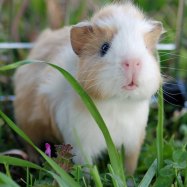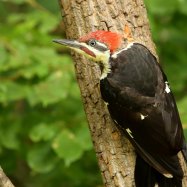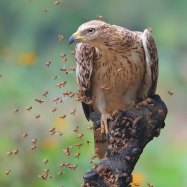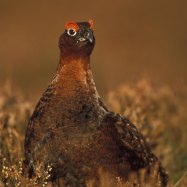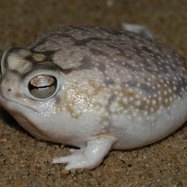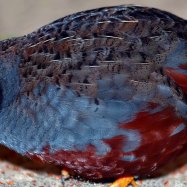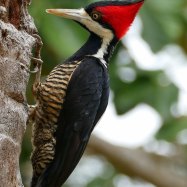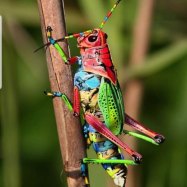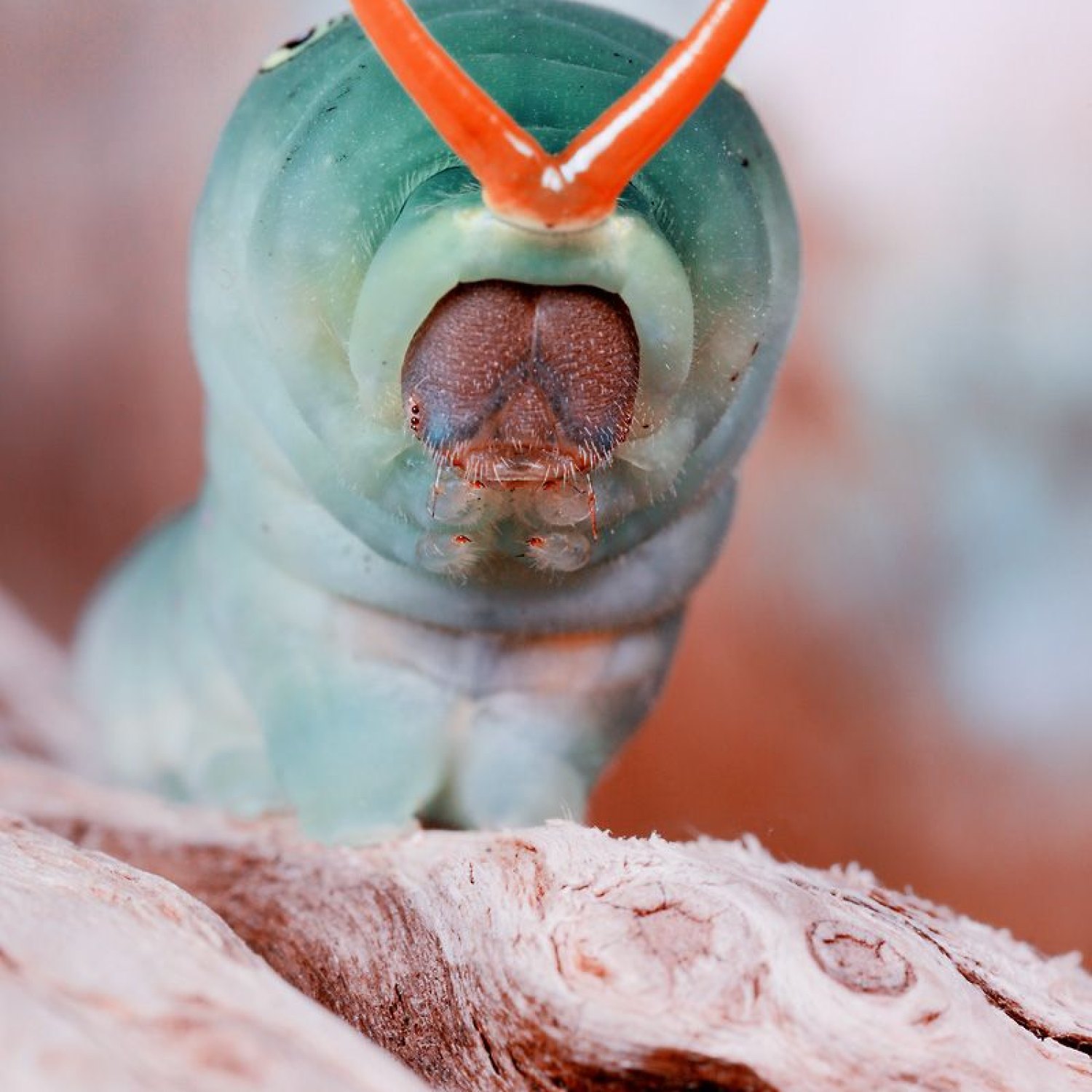
Caterpillar
Varies depending on the species
C ontrary to popular belief, not all caterpillars are the same. The length, location, family, and even body shape can vary depending on the species. From the tiny inchworm to the large emperor moth caterpillar, these crawling creatures are found worldwide and are part of various families. Keep a lookout for these cylindrical creatures in your garden or local park, as they play an essential role in our ecosystem.
Animal Details Summary:
Common Name: Caterpillar
Kingdom: Animalia
Habitat: Various habitats including forests, fields, and gardens
The Curious World of Caterpillars: Exploring the Fascinating Creatures of Lepidoptera
Caterpillars are one of the most intriguing and diverse creatures in the animal kingdom. Known for their unique body shape and vibrant colors, these crawling insects have captivated the curiosity of entomologists and nature enthusiasts alike. But beyond their appearance, what makes these creatures truly fascinating is their incredible journey of transformation from a tiny larva to a graceful butterfly. In this article, we will take a closer look at the world of caterpillars, their habits, and their role in the ecosystem Caterpillar.The Lepidoptera Family: Where Caterpillars Belong
Caterpillars are members of the Lepidoptera family, which includes butterflies and moths. They are part of the Insecta class, which makes up the largest group of animals on Earth. Their scientific name, Lepidoptera, comes from the Greek words "lepis" meaning scale and "pteron" meaning wing. This name refers to the trademark feature of this family: the tiny overlapping scales that cover their wings and give them their distinct color and pattern.Morphology and Physical Characteristics
Caterpillars are known for their distinct body shape: long, cylindrical, and segmented. They have a soft and flexible body with three pairs of true legs and several pairs of prolegs. These prolegs are small and fleshy and are used to grip onto leaves and branches as they move around. Their bodies can range between a few millimeters to several inches, depending on the species.Caterpillars also have a well-developed head capsule with sharp mandibles that they use to chew on leaves and other plant materials Common Buzzard. Their jaws are so strong that they can easily break through tough plant stems. Some caterpillar species, such as the bristleworm caterpillar, have rows of small spines along their body, which they use to protect themselves from predators.
The Caterpillar's Diverse Coloration
One of the most striking features of caterpillars is their vibrant colors and patterns. These creatures come in a wide range of hues, from bright green to bold yellow, and even shades of blue and pink. Their colorful appearance serves as a defense mechanism against predators. Some caterpillars have developed colors and patterns that mimic toxic plants or animals, making them unappealing to their predators. Others have adopted bright colors to warn predators of their toxic nature.Feeding Habits: Herbivores of the Insect World
Caterpillars are voracious eaters, and their main source of food is plant material. They are considered herbivores, which means they only consume plant-based foods. Some species have a specific plant that they prefer to feed on, while others are less picky and will eat a variety of plants. Their strong jaws and insatiable appetite allow them to consume large quantities of leaves, sometimes even more than their body weight, in just one day.Geographical Distribution and Habitat
Caterpillars can be found in various habitats worldwide, from dense forests to open fields and even our own gardens. They are prevalent in tropical and subtropical regions, but you can also find them in temperate areas. Their geographic distribution is limited only by the availability of food sources and suitable conditions for their metamorphosis into adult butterflies or moths.The Process of Metamorphosis
One of the most remarkable aspects of caterpillars is their ability to transform into a completely different creature through the process of metamorphosis. After weeks of feeding on leaves and growing in size, caterpillars enter the pupa stage, also known as the chrysalis. During this stage, they undergo a remarkable transformation, where their body tissues are broken down and reorganized into a new form. This entire process takes about 10 to 14 days, after which a beautiful butterfly or moth emerges from the chrysalis.The Importance of Caterpillars in the Ecosystem
While caterpillars may seem like insignificant creatures, they play a crucial role in our ecosystem. As mentioned before, they are primary consumers of plant material, and their feeding habits help regulate vegetation growth. They also serve as a food source for many insectivorous animals such as birds, lizards, and even other insects. Plus, as adult butterflies and moths, they play a vital role in pollination, helping to ensure the reproduction of many plant species.Challenges Facing Caterpillars
Like all creatures, caterpillars face their share of challenges in the wild. Their main predator is birds, who actively hunt caterpillars for food. These insects are also at risk of parasitism by parasitic wasps and flies, which lay their eggs inside the caterpillar's body and use it as a host for their offspring. Climate change and the destruction of natural habitats also pose a threat to their survival.Caring for Caterpillars: A Fun and Educational Activity
Caring for caterpillars can be a fun and educational activity for both children and adults. You can start by finding caterpillars in your garden or nearby parks and observing them as they grow and transform into butterflies or moths. You can also grow your own butterfly garden and attract these beautiful creatures by planting their favorite flowers and providing a suitable environment for them to lay their eggs.Conclusion
Caterpillars may seem like ordinary insects, but their journey from a tiny larva to a majestic butterfly or moth is nothing short of extraordinary. They play a vital role in our ecosystem, and their diverse colors and patterns make them a delight to observe and study. Next time you come across a caterpillar, take a moment to appreciate its beauty and all that it represents in the circle of life.

Caterpillar
Animal Details Caterpillar - Scientific Name: Lepidoptera
- Category: Animals C
- Scientific Name: Lepidoptera
- Common Name: Caterpillar
- Kingdom: Animalia
- Phylum: Arthropoda
- Class: Insecta
- Order: Lepidoptera
- Family: Various
- Habitat: Various habitats including forests, fields, and gardens
- Feeding Method: Herbivore
- Geographical Distribution: Worldwide
- Country of Origin: N/A
- Location: Various
- Animal Coloration: Various
- Body Shape: Cylindrical
- Length: Varies depending on the species
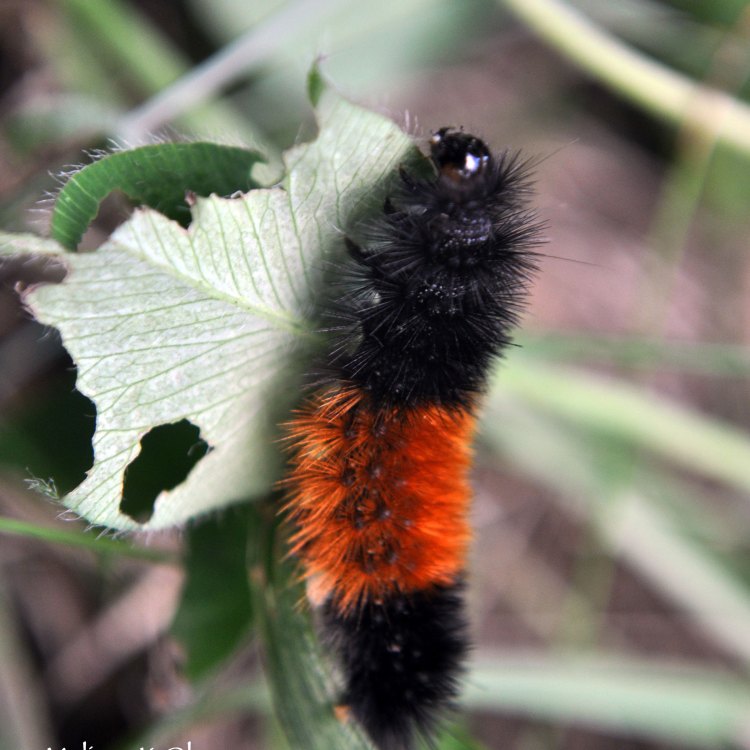
Caterpillar
- Adult Size: Varies depending on the species
- Average Lifespan: Varies depending on the species, typically a few weeks to a few months
- Reproduction: Sexual
- Reproductive Behavior: Mating and laying eggs
- Sound or Call: Silent
- Migration Pattern: Some species migrate
- Social Groups: Solitary
- Behavior: Feeds on leaves and vegetation
- Threats: Predators, habitat loss, pesticides
- Conservation Status: Varies depending on the species
- Impact on Ecosystem: Pollinators, part of the food chain
- Human Use: Esthetic value, silk production
- Distinctive Features: Caterpillar body with multiple segments, prolegs for movement, often brightly colored or camouflaged
- Interesting Facts: Caterpillars undergo metamorphosis to become butterflies or moths
- Predator: Birds, reptiles, amphibians, and other insects
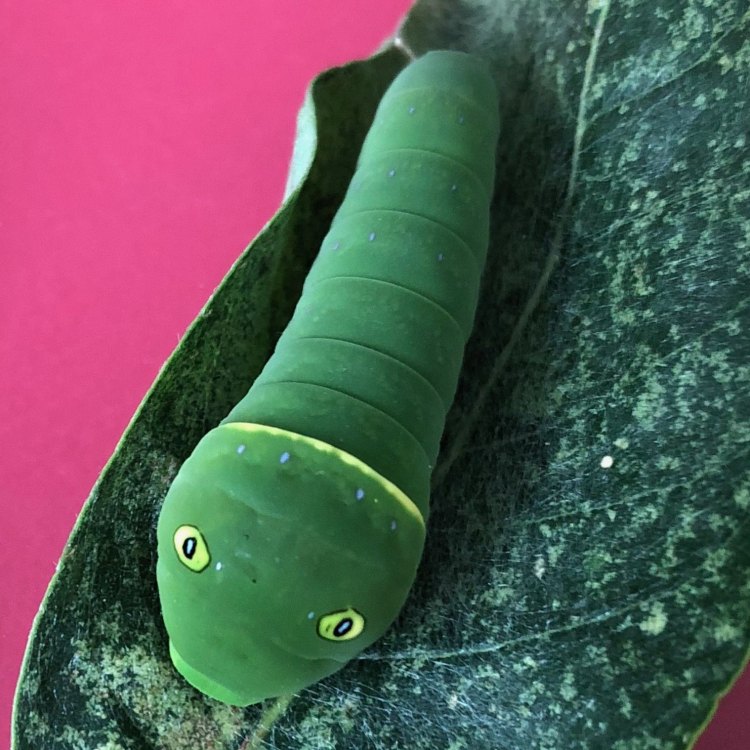
Lepidoptera
The Fascinating World of Caterpillars: A Closer Look at their Unique Features and Role in Nature
When we think of caterpillars, the first thing that comes to mind is probably their transformation into beautiful butterflies or moths. While that is a remarkable feat in itself, there is so much more to these small, crawling creatures that often go unnoticed in our gardens and parks. In this article, we will take a closer look at the unique features of caterpillars, their role in the ecosystem, and how they have captivated humans for centuries.Caterpillars, belonging to the order Lepidoptera, are the larval stage of butterflies and moths PeaceOfAnimals.Com. They vary in size, with some species growing only a few millimeters while others can reach up to 12 inches in length. Their average lifespan also differs depending on the species, with some living just a few weeks while others may survive for a few months. But regardless of their size and lifespan, these tiny creatures play a crucial role in our ecosystem.
Reproduction for caterpillars is a strictly sexual process, involving a male and female individual. The mating season varies for each species, but it usually takes place in the spring and summer when food sources are abundant. After mating, the female lays her eggs on the underside of leaves, where they will hatch in a few days or weeks.
Once hatched, the tiny caterpillars will begin their feeding frenzy, devouring leaves and vegetation to fuel their rapid growth. This is their primary behavior, as they need to gain enough energy and nutrients to undergo metamorphosis. However, caterpillars are not entirely silent creatures Czechoslovakian Wolfdog. They can produce clicking or hissing noises as a defense mechanism against predators, but these sounds are usually inaudible to human ears.
Some species of caterpillars, mainly those that live in colder climates, will migrate in search of warmer environments. This allows them to avoid freezing temperatures and continue their growth and development. For instance, the famous monarch butterfly caterpillars migrate thousands of miles from Canada to Mexico in the fall and back again in the spring.
Unlike some social insects like ants or bees, caterpillars are solitary creatures. They prefer to be alone and only come together during the mating season. However, there are exceptions, like the gregarious species that form large groups and move together to feed and protect each other.
One of the most distinctive features of caterpillars is their body structure. They have a long and segmented body, with three pairs of true legs and several pairs of "prolegs" or pseudo legs. These prolegs are not actual legs but are specialized abdominal segments that help the caterpillar to move and cling to various surfaces. Some species also have unique defense mechanisms, such as stinging hairs or foul-smelling secretions, to protect themselves from predators.
Caterpillars are also known for their bold and vibrant colors, although some are camouflaged to blend in with their environment. The bright colors often serve as a warning sign to predators that they may be toxic or distasteful. Some caterpillars have even developed mimicry to resemble other animals like snakes, birds, or ants, to deter potential predators.
Along with their aesthetically pleasing appearance, caterpillars also have an essential role in our ecosystem. As voracious feeders, they provide a vital service to plants by controlling their growth and spreading pollen. They are also an essential part of the food chain, being preyed upon by birds, reptiles, amphibians, and other insects. Without caterpillars, our delicate ecosystem would be significantly affected.
Unfortunately, these insects also face some threats to their survival. Habitat loss due to urbanization and pesticide use has significantly impacted their population. Pesticides, intended to kill harmful insects, often harm beneficial insects like caterpillars and can lead to their decline. Other predators, including birds and parasitic wasps, also pose a significant threat to caterpillars.
The conservation status of caterpillars varies depending on the species. Some are abundant and widespread, while others are endangered or even extinct. Without proper awareness and conservation efforts, we risk losing some of these magnificent creatures.
Humans have been fascinated by caterpillars for centuries. They have been a part of culture and art, depicted in paintings, literature, and mythology. In many cultures, they are symbols of transformation, growth, and rebirth. Humans have also found practical uses for caterpillars, like silk production. Certain species, such as the silkworm, are specifically bred for this purpose, with their silk famously being used to create luxurious fabrics.
In conclusion, caterpillars may seem like small, insignificant creatures, but their unique features, behaviors, and importance in the ecosystem make them fascinating and integral to our world. So, the next time you see a caterpillar crawling in your garden, take a closer look and appreciate the wonders of nature that often go unnoticed.
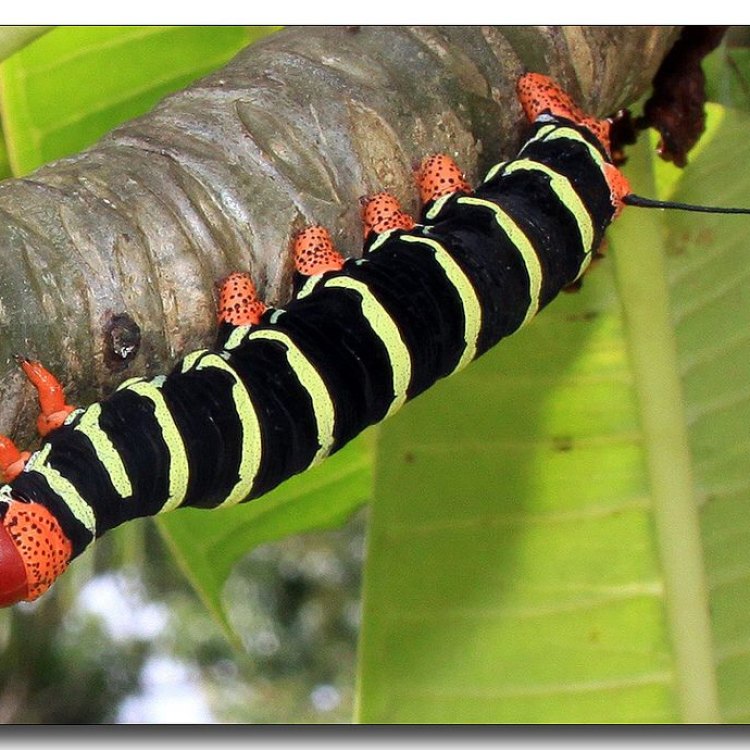
The Curious World of Caterpillars: Exploring the Fascinating Creatures of Lepidoptera
Disclaimer: The content provided is for informational purposes only. We cannot guarantee the accuracy of the information on this page 100%. All information provided here may change without prior notice.

